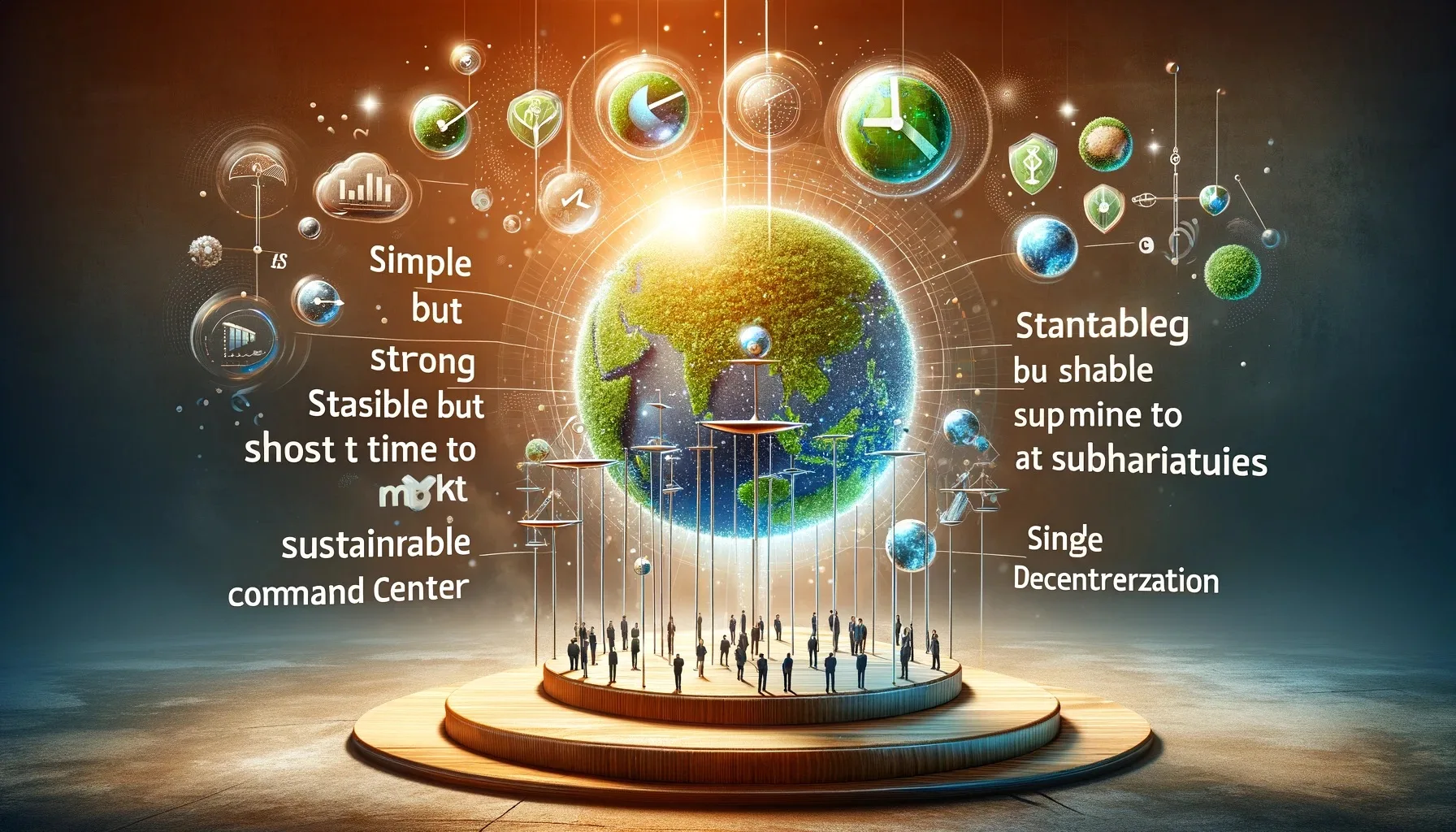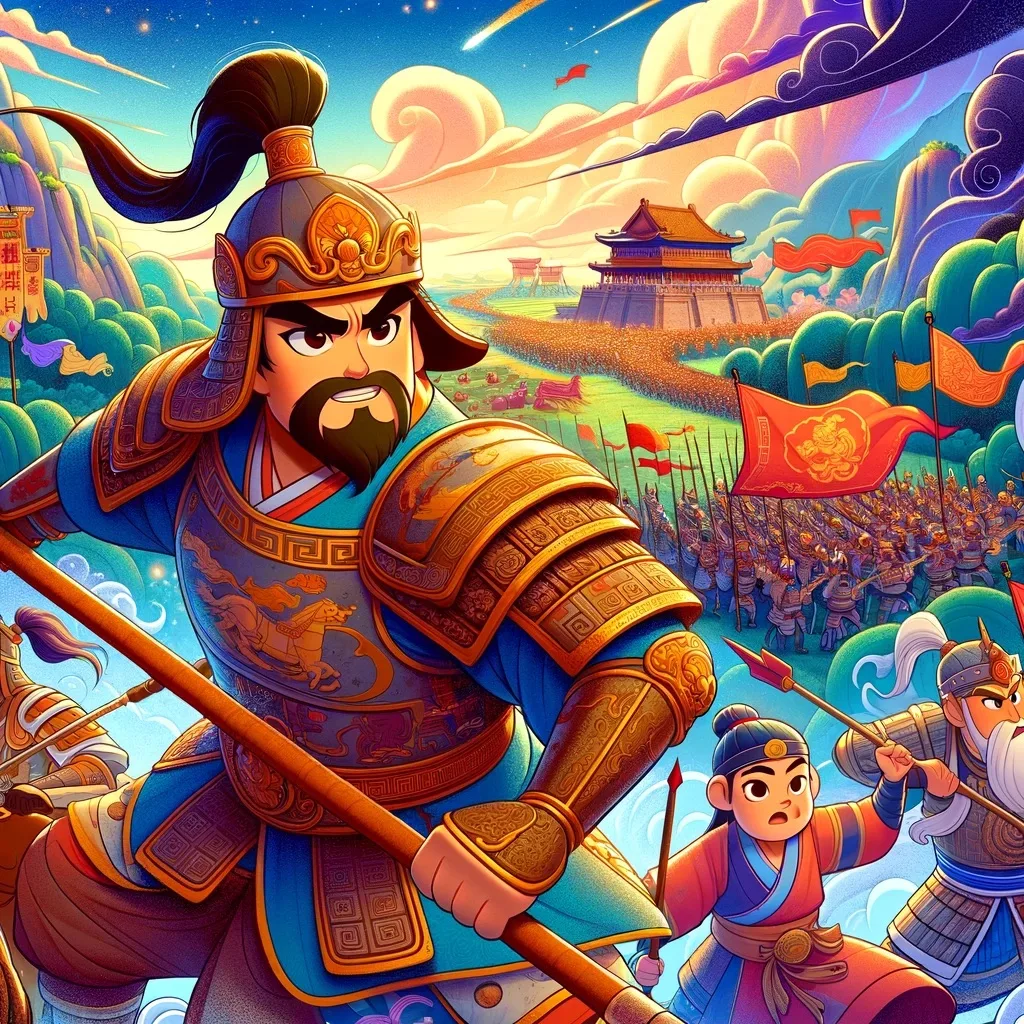Greetings and salutations, and many thanks for stopping by our newest blog article as we continue our dynamic voyage of discovery and enlightenment. Something new has begun here, and I hope that by sharing this with you, our dear readers, we may begin a much deeper dialogue in the future.
We have made a major decision in our pursuit of fully engaging with our varied audience by delving into the nuances of our issues. From this point on, English will serve as the dominant language for our blog. This change isn’t an indication of how highly we regard the Thai language or how lightly we’ve decided to make it. I want to connect with each of you on a deeper and more effective level, so that’s where it comes from.
Making the switch to English is based on a basic reality: communicating complex ideas and encouraging global discourse is no easy feat, and the depth and breadth that English offers are often essential. The goal is to make sure our communications are understood and resonated with in the desired way by removing obstacles.
Thus, as we enter this next stage, we hope you will come along with an open mind and heart. Our dedication to providing you with content that stimulates thought and provides valuable insights has not changed. We will keep exploring, learning, and growing as a team. We are incredibly grateful for your support and understanding, and we are thrilled to begin this adventure alongside you, welcoming the boundless opportunities that this transformation will offer.
Your contribution to our community is vital, and we are grateful. Celebrating the start of a new chapter and all the stories that lie ahead.
Many group firms and their subsidiaries have the issue of achieving a healthy balance between organisational features that appear to be at odds with one another. Focusing on the four crucial ‘Ss’—Simple but Strong, Stable but Short Time to Market, Sustainable but a Command Centre, and Single but Decentralized—this article explores the essence of attaining such a balance. Investigating these factors will lead us to solutions that promote development and creativity inside a hierarchical organisational framework while yet guaranteeing adaptability to a dynamic and unpredictable corporate environment.
1. Simplified Structures for Robust Organisational Growth: A Simple Approach (about 375 words)
The classic saying “less is more” takes on great meaning in the intricate world of group corporations and their subsidiaries. Rather than implying weakness, simplification is all about improving an organization’s fundamental strengths through the simplification of its procedures, decision-making structures, and communication channels. With fewer moving parts, goals can be more precisely defined, and the allocation of resources can be more easily coordinated. Everyone in the company, from entry-level workers to executives, can see how their efforts contribute to the bigger picture.
The goal of **strategic simplification** should be to create a powerful but simple organisational structure by reducing complexity, improving processes, and encouraging open communication. In order to find places to consolidate and improve, it is necessary to critically examine current processes and systems.
Simplifying processes also entails giving workers more freedom to make choices that are directly related to their job responsibilities. A more nimble organisation, characterised by rapid decision-making and a spirit of creativity, is the result of this empowerment.
Technology as a Facilitator: Simplifying processes can be greatly facilitated by utilising technology. Organisations may streamline their operations, increase their resilience, and cut costs with the use of data analytics, digital collaboration tools, and automated processes.
2. Maintaining Stability While Encouraging Agility for Accelerated Product Launches (Approximately 375 words)
It is a fine balancing act to achieve operational stability while simultaneously guaranteeing a rapid time to market for new items. When processes are stable, they are trustworthy and predictable, which allows for growth to flourish. However, businesses also need to be nimble enough to react quickly to opportunities and market demands in today’s fast-paced business world.
Organisations might find a better balance between these needs by adopting agile approaches. Companies can speed up product development without compromising quality or stability by employing iterative development procedures and splitting down projects into smaller, manageable sections.
To improve communication and collaboration, which in turn speeds up decision-making and product creation, it is helpful to form cross-functional teams that comprise individuals from many departments, such as sales, marketing, and research and development.
Organisations can maintain stability and agility with an emphasis on ongoing improvement and learning. The ability to swiftly adjust processes and goods to match evolving market demands is ensured by fostering an environment where input is actively sought and responded to.
3. A Command-Centered Approach to Sustainability: Creating a Long-Term Plan with Strong Leadership and Decentralised Action Nearly three hundred thirty-five words, roughly
Beyond ecological concerns, modern corporate sustainability encompasses a wide range of issues. It requires a long-term perspective that balances short-term successes with long-term objectives, and it includes social and economic sustainability. In a command-centered approach to sustainability, top-down decision-making regarding the organization’s mission, values, and long-term goals is paramount.
**Leadership with a Vision**: Ensuring long-term viability of an organisation is a critical responsibility of leaders. They need to paint an enthralling picture of the future of the organisation and its sustainable efforts for all its constituents.
**Decentralised Execution**: Although leadership establishes the course of action, decentralisation optimises the execution of sustainability projects. This necessitates giving regional teams and managers the authority to set and achieve sustainability targets in a way that is unique to their environment and resources.
**Sustainability Integration**: Achieving a sustainable culture requires incorporating sustainability into all parts of the organization’s activities. Achieving this level of integration calls for well-defined regulations, consistent training, and ways to track and recognise environmentally friendly actions.
4. Fostering Unity and Autonomy within Multilevel Organisations: A Single but Decentralised Approach (about 375 words)
The last “S” is sticking to a consistent brand identity while simultaneously giving different parts of the company room to be creative and adapt to their own situations. For multi-tiered organisations, striking this balance is essential for capitalising on the unique skillsets of each unit while maintaining cohesion around the group’s values and goals.
**United Values and Vision**: A solid, common foundation for the entire organisation can be laid by establishing a powerful, shared vision and set of values. For the sake of a consistent brand and culture, this solidarity is vital.
**Legal Independence in Execution**: Delegating authority to subsidiaries and divisions enables them to be creative and adaptable in meeting the group’s goals. Alignment with the group’s strategic objectives should be guaranteed by balancing this autonomy with accountability procedures.
Organisational creativity and efficiency are both boosted by a culture that values and promotes the free flow of information and ideas. Systems and procedures that enable communication between
In conclusion, multilevel organisations necessitate a sophisticated strategy for achieving harmony between simplicity and strength, stability and agility, sustainability and centralised command, and unity and decentralisation. It’s about building an ecosystem that prioritises efficiency and clarity, encourages steady but quick expansion, advocates sustainability from the top down and implements it from the bottom up, and keeps its identity consistent while recognising and appreciating the individual contributions of its members. Organisations can succeed in the long run by adhering to these principles, which will help them deal with the challenges of today’s business climate. Successful organisations are able to adapt to the ever-changing global business market because they achieve a careful balance between these two competing demands. However, this balancing act is not without its problems. The secret is to always be learning and adapting, and to make sure that both of these things can coexist and support each other. That way, the organisation may have a future that is both dynamic and sustainable.




